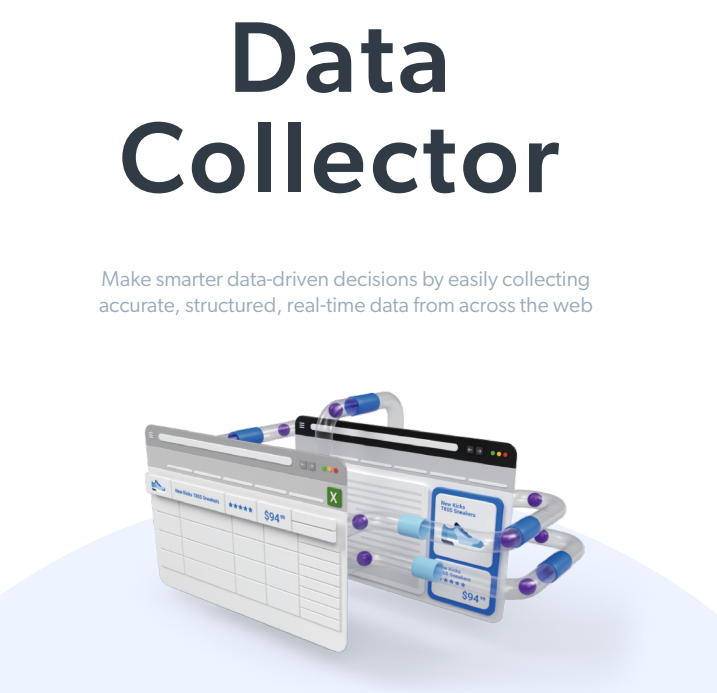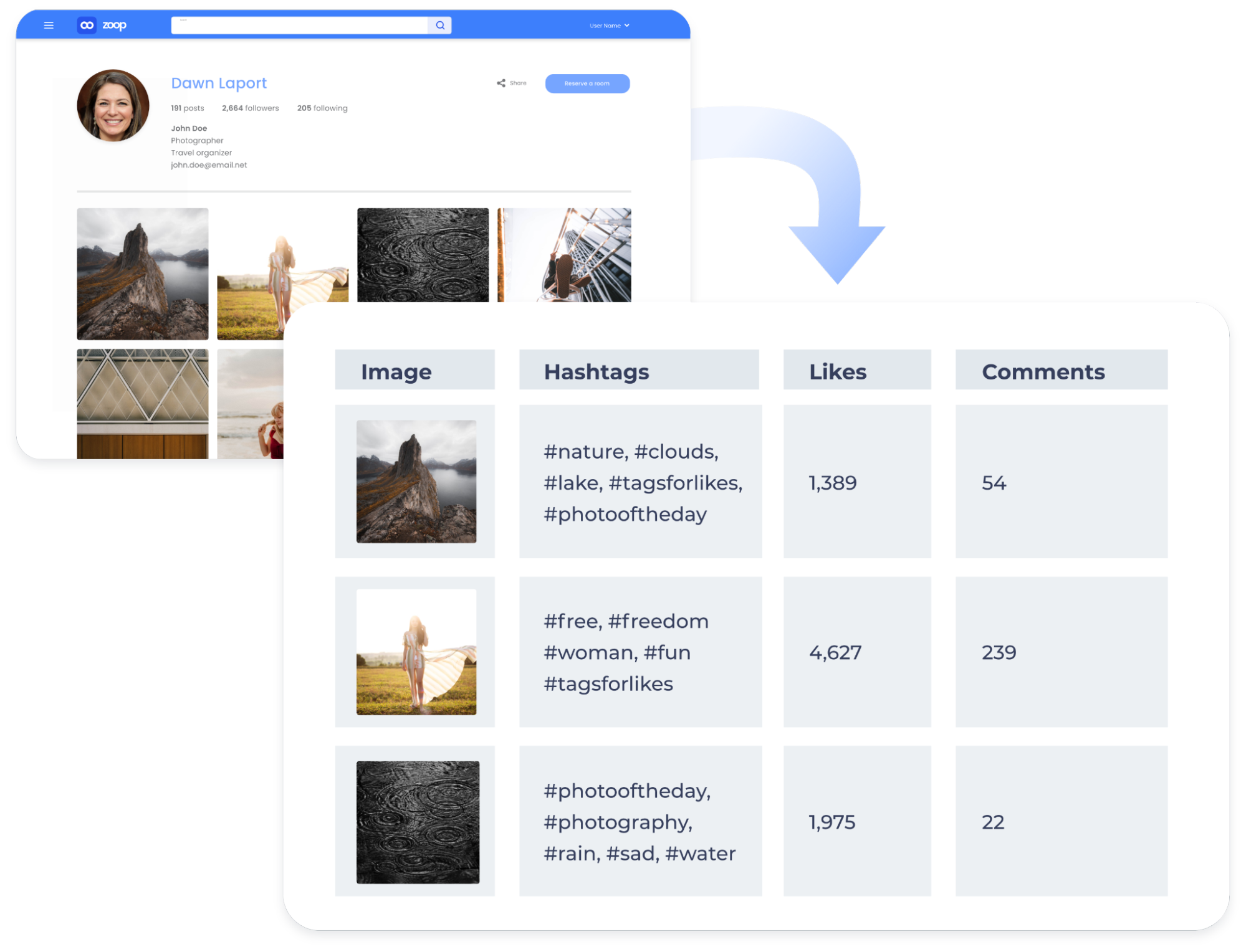From mapping competitive industry pricing models and collecting first-party Webstore purchase levels to product-market-fit social media analysis, and target audience search trend monitoring – these are the datasets that will ensure your company is at the top of its game
In this article, we will discuss:
- Doing data-based market research
- Finding your product-market-fit
- Identifying real-time consumer/competitor trends
Doing data-based market research
Many startups perform market research; very few are data-driven, however. Data enables you to operate using a clear feedback loop so that you get a real-time picture of your industry and target audience. Let’s jump in and look at the market research datasets that are enabling startups to launch new products and grab market share:
#1. Discovering pricing/membership models
Many startups are unsure what the best pricing model for their product should be:
- ‘Product or service is free, revenue from ads and critical mass.’
- ‘Product is free, but customers pay for services’
- A ‘Freemium’ model, i.e., the basic services are free, but premium services are available for an additional fee
Instead of considering this major aspect of your product’s ability to thrive in a vacuum, you want to start mapping out how other similar services are pricing their products/services. Collecting this data using an automated tool like the one offered by Bright Data will help you decide whether it would be best to adopt an existing pricing model or grab market share by adopting a currently nonexistent model in your market.

Think about companies with unique revenue models – Take Hukkster, for example, an eCom focused startup that came up with a one-click coupon tracking extension that updates users in real-time. Their revenue model is based on a marketplace/vendor affiliate fee. But they would have never reached such a unique approach without first mapping what already existed in their industry.

#2. Collecting transactional data
This means discovering where customers are currently making purchases. Collecting alternative transactional data can be key here. Here are a few examples:
- SKU level availability
- Daily pricing fluctuations
- First-party Webstore purchase levels
- Third-party marketplace product turnover
Most businesses should care about which products are actually being sold/purchased, and these datasets help shed light on this. They empower startups to understand where current market demand lies, enabling founders to make cost-efficient decisions without investing in timely/expensive Proof of Concepts (at least preliminarily).
#3. Finding your product-market-fit
Startups are usually based on solutions. They ‘see’ that a business or individual has a problem, and their product ostensibly solves that issue. But more often than not, assumptions about a target audience and existing solutions are more fiction than fact. Here are some alternative data points that can help you validate your ideas and find that much-coveted product-market fit.
#4. Social media sentiment analysis
Audience sentiment is essential when determining whether your solution may be relevant to your consumer segment. Take, for example, a ride-sharing application that needs to consider that female sentiment varies greatly from male sentiment. By collecting data on social groups and understanding the real fears, and being averse to sharing a ride with a man could be extremely important in determining how your app is built. For example, as with ViaVan, a popular ride-sharing app in Holland, one has the option to share a ride with one or multiple riding parties, something that can put users more at ease.
Another idea that may arise from social sentiment data collection is that you want your Unique Sales Proposition (USP) to be the ability to decide if you ride with a guy, girl, or a group. This is just one example of the many ways in which social sentiment can drive product-market-fit.
Identifying real-time consumer/competitor trends
Knowing what customers/competitors are selling, marketing, and looking for in real-time is crucial to be able to react and create within the context of your industry. Here are some datasets to consider collecting:
#5. Monitoring target audience search engine trends
Many purchase journeys begin with a simple search engine query. Based on this information and these offerings, people make real-world consumer decisions. Using a dedicated Search Engine Crawler, you can collect data regarding the two most important search engine datasets:
Keywords: Knowing which search terms target audiences are looking for will not only allow you to understand what they are interested in. It will also enable you to create content, marketing campaigns, and landing pages dedicated to converting them as customers.
Search engine results page rankings: These are important as search engine algorithms do not randomly rank pages. Rather they index pages based on the quality of content, relevance to a search query, time-on-page, and other factors indicative of high-quality, high-value content. By keeping track of pages, blogs, sites, and forums that top results in the industry you are targeting, you will be able to discover what your future consumers do/do not find valuable.
Summing it up
Whatever stage your startup is in, a real-time snapshot of your market, competitors, and target audiences will ultimately help you convert and retain more customers. Simultaneously, data-driven feedback loops will enable you to perfect user experiences while helping you find unique ways of solving problems and pricing solutions so that you can grab increased market share.
Start using the most advanced data collection tools used by Fortune 500 companies now.
Geekflare is supported by our audience. We may earn affiliate commissions from buying links on this site.



